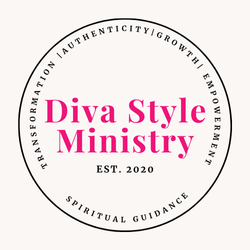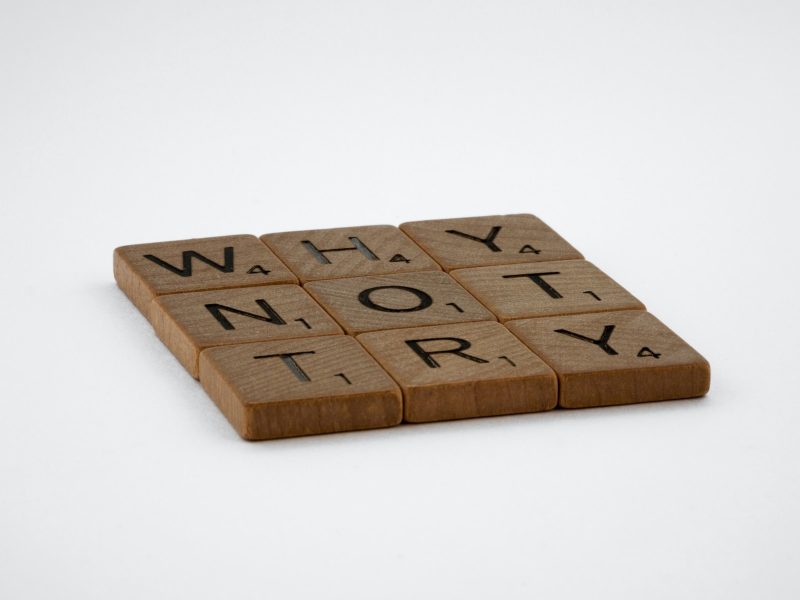The practice of Meditation can be a challenge for many people. The struggle to be still, be calm, or keep the mind focused is not necessarily part of our societal norms and may be difficult for new practitioners to tackle on their own. This is when guided meditation can provide a lower-stress way forward.
Guided meditation is a meditation practice that involves being led through the meditation with the assistance of a teacher through in-person, video, or audio teaching. Sessions can last from minutes to hours and function to help facilitate the process of developing enhanced awareness and deeper focus.
Finding A Guide/Teacher/Method
Perhaps the most important part of getting started with guided meditation is finding a guide, teacher, or method that will be the right fit for you. There are several options and it may be best to try more than one to identify what will be most effective for you.
- In-person teacher: Yoga studios often have guided meditation teachers who can walk you through the practice in a group or even one-on-one setting. If you don’t have a yoga studio near you, or perhaps have never tried a studio, keep reading for additional options.
- Apps: There are various apps that can be downloaded on your smartphone or other devices that offer guided meditation. A 2018 study published in Cognitive and Behavioral Practice found that apps can offer meaningful mental health and wellness benefits. However, it may take some time to identify the app that is the best fit for you, thus trial and error should be expected, and even welcomed as part of your self-development journey.
- Streaming Services: Subscription music streaming services (i.e. Spotify or Apple Music) provide access to hundreds of guided meditation sessions. Again, identifying a session that fits your needs and time length may take a bit of trial and error – but it’s another part of the journey toward your individual self-development.
- Mindfulness Websites: Several websites offer free guided meditations in video and audio formats. Getting recommendations from friends or from trusted sources can help point you toward a website that contains what you need. Think about searching for specific types of meditations or specific subjects. Would you prefer a nature-oriented meditation, one with a specific kind of music, or with a specific theme? There are SO many options…including guided meditations available here on our website.
- YouTube: The streaming platform YouTube offers thousands of guided meditation videos and links to other resources that can aid you in starting a guided meditation practice. Read the reviews of meditations and ask similarly-minded friends for recommendations when you’re ready to get started.
Time & Space
The next step in getting started with your Guided Meditation practice is creating time and selecting the proper space. Naturally, if you’re doing an in-person session you will likely be at a yoga studio with the instructor at a designated time unless that person comes to your home. For the other options, you have more control of when and where you practice.
Naturally, if you’re doing an in-person session you will likely be at a yoga studio with the instructor at a designated time unless that person comes to your home. For the other options, you have more control of when and where you practice.
Setting the stage for a successful guided meditation session includes:
- A peaceful environment with limited distractions
- Good posture with the body supported in a tall upright position for effective deep breathing
- A clear mind to ensure adequate focus. Distractions will make it harder to focus, and harder to hear and absorb the guidance from the leader or instructor.
When first beginning to work with guided meditation, brief sessions of 15 mins or less may be more effective until you get the hang of it and can go a longer period of time without your mind wandering, your nose itching, or feeling the need to fidget. Give yourself the gift and grace of time to acclimate to meditation.
The Guided Meditation Process
 Guided meditation is clearly defined by:
Guided meditation is clearly defined by:
- Understanding your goals for the session, including what to expect and what your purpose is
- Understanding your emotions accurately
- Focusing on your own senses
- Spending time relaxing
- And using the body as a means of regaining focus through breathing and sensations if your mind wanders.
Regular and consistent practice of the process via the guidance of whatever guide method is chosen helps to train both your body and your mind to become better. Being aware and focused enhances the practice.
Guided meditation can be incredibly beneficial for those who choose to pursue it. Its stress-relieving, anxiety-reducing, and awareness enhancing properties can be an asset in many areas of your life. Taking the time to find the proper guide, the right space and time, and consistently engaging in the process can be a worthwhile pursuit for many people and should be considered a viable option.





